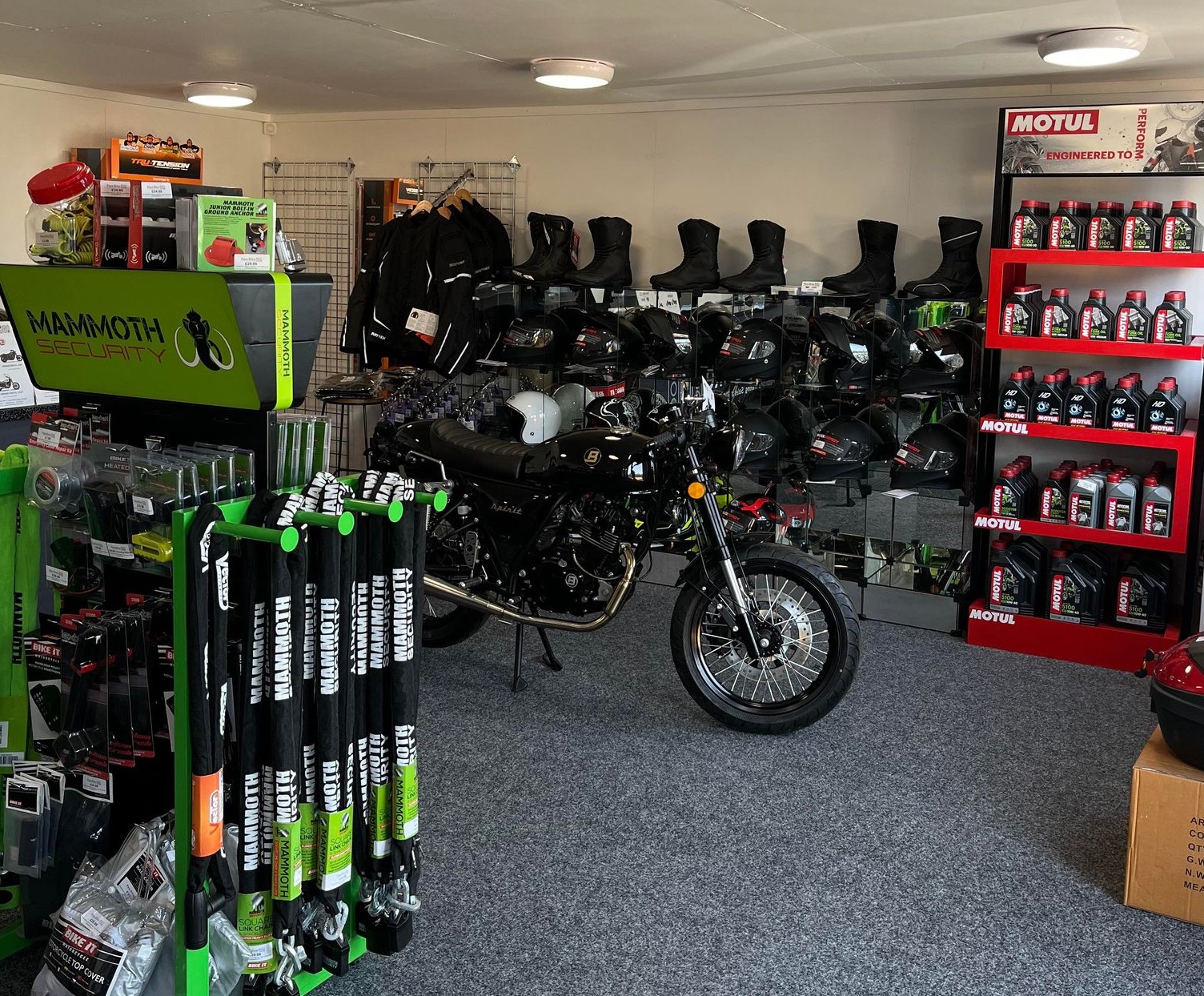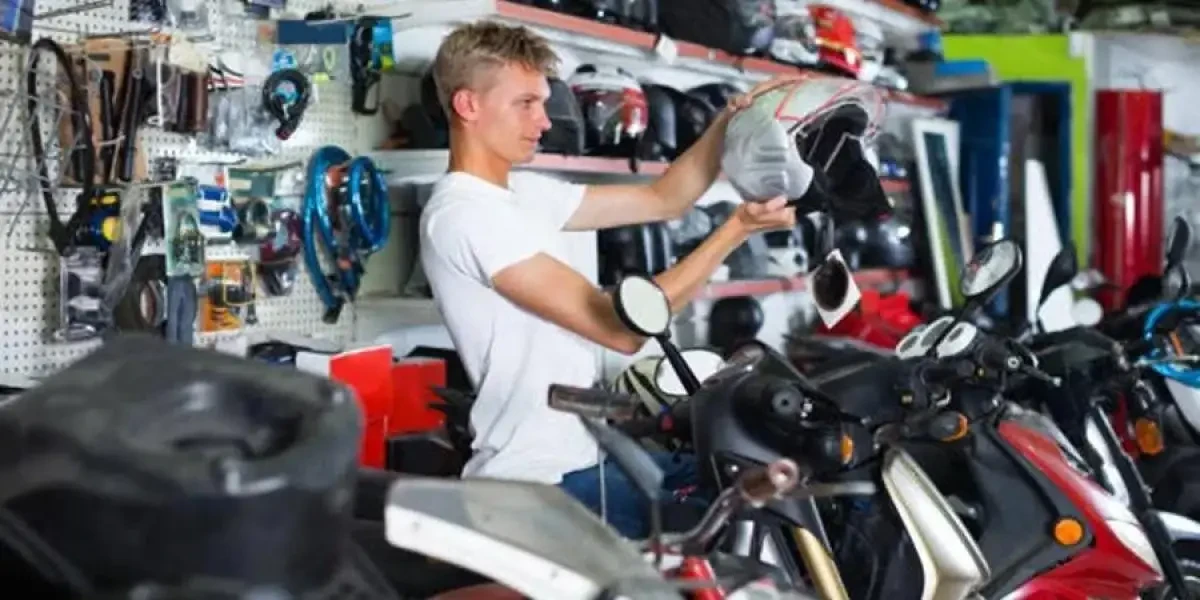Understanding the Vital Parts of a Motorbike: A Comprehensive Overview for Fanatics
For motorcycle lovers looking to boost their riding experience and ensure their bikes run smoothly, understanding the important components of a motorcycle is extremely important. Each component, from the engine's detailed workings to the vital function of the braking systems, not just influences efficiency but additionally security and convenience.
Engine Parts

The camshaft plays a crucial role in controlling the timing of the engine's shutoffs, guaranteeing the specific opening and closing required for efficient gas and air intake, as well as exhaust expulsion. This timing is critical to maintaining optimum engine efficiency and effectiveness. Furthermore, the carburetor or fuel shot system, depending on the bike version, is liable for blending air with fuel in the proper proportion for combustion.
The air conditioning system, either air or liquid-based, works to maintain the engine's temperature within functional limitations, protecting against getting too hot and making certain durability - motocross parts nz. Each element, meticulously made and incorporated, contributes to the seamless operation of the engine, defining the motorbike's power output and general performance
Transmission System
Indispensable to the bike's performance, the transmission system makes certain efficient power transfer from the engine to the wheels. This system makes up several essential parts, including the clutch, gearbox, and final drive, each playing an important role in equating the engine's power right into motion. The clutch, usually operated by a hand lever, offers to disengage the engine and engage from the transmission, permitting for smooth gear changes and controlled velocity.
The gearbox, frequently referred to as the transmission proper, contains a collection of gears that riders can manually move via to change the bike's rate and torque result. These equipments are set up in a sequence that enables the bike to accelerate smoothly and maintain optimal engine performance across various speeds. The majority of bikes make use of a sequential transmission, needing the cyclist to shift equipments in a predetermined order.
Braking Devices
While recognizing the transmission system is essential to using a motorbike's power, just as crucial is the capacity to regulate and quit that power efficiently, which is where stopping mechanisms enter play. Brakes are important for security and performance, giving the rider with the essential control to browse different surfaces and problems. Generally, motorcycles include two kinds of stopping systems: disc brakes and drum brakes.
Disc brakes are much more prevalent in contemporary motorcycles as a result of their exceptional efficiency. They are composed of a brake disc, caliper, and pads. When turned on, the caliper squeezes the brake pads versus the rotating disc, converting kinetic power into warmth, consequently slowing the wheel. This system provides far better warm dissipation, regular performance, and improved stopping power, especially in wet problems.
Conversely, drum brakes, though less usual, are still discovered in some bikes. They work by pressing brake footwear against the internal surface of a drum affixed to the wheel. While usually less efficient in warm dissipation and stopping power, drum brakes are easier and more economical.
Understanding these stopping systems' nuances permits cyclists to maintain their bikes correctly and value the design that makes certain safe and reliable quiting.
Suspension and Guiding
Suspension and steering systems are websites essential elements that dramatically influence a motorcycle's handling and adventure convenience. The suspension system, consisting of forks at the front and shock absorbers at the back, absorbs road irregularities, enhancing security and control. Front forks, generally telescopic or inverted, compress and rebound to alleviate impacts, while back shock absorbers keep tire call with the roadway, vital for grip and safety and security.
Guiding, focused around the handlebars, links the cyclist to the motorcycle's directional control. The steering head bearings make sure smooth operation, allowing exact ability to move. Appropriate positioning and maintenance of these bearings are important for foreseeable guiding reaction and decreasing rider fatigue.
The suspension's adjustability is another essential facet; preload, damping, and rebound settings enable customization to suit numerous riding styles and conditions. This flexibility is important for enhancing performance, whether navigating city roads or tackling rugged routes. Technologies like electronic suspension systems supply real-time modifications, enhancing ride quality throughout diverse surfaces.

Electric Systems
After ensuring a regulated and smooth ride with effective suspension and steering systems, page attention turns to the electric systems, a critical element of modern-day motorcycles. These systems play an essential duty not only in starting the engine however also in powering different elements that boost the performance and safety of the motorbike.
At the heart of a motorcycle's electrical system is the battery, which shops electrical power essential for starting the engine and powering complementary systems - motocross gear. The alternator or generator, combined with the rectifier-regulator, makes certain the battery remains billed while the bike functions, transforming mechanical energy into electric energy and keeping voltage levels
The ignition system, another vital part, is accountable for stiring up the air-fuel combination in the engine's cyndrical tubes. Modern bikes commonly use a digital ignition system, offering greater effectiveness and integrity compared to traditional systems.
Lighting systems, consisting of headlights, tail lights, and indicators, are also vital, making certain visibility and safety for the biker. Extra electronic components such as sensing units, control devices, and displays add to advanced functions like gas shot administration, anti-lock stopping systems (ABDOMINAL), and digital dashboards, additionally boosting the riding experience.
Final Thought
A comprehensive comprehension of a bike's crucial elements, consisting of the engine, transmission system, braking mechanisms, suspension, steering, and electric systems, is indispensable for lovers aiming used adventure bikes for sale to maximize security, efficiency, and convenience. Proficiency of these components permits for notified choices regarding upkeep and upgrades, ultimately improving the riding experience. By incorporating this understanding, riders can guarantee their bikes operate at peak effectiveness and integrity, thereby making the most of both satisfaction and durability of their cars.
For motorbike lovers looking to raise their riding experience and guarantee their bikes run efficiently, understanding the necessary components of a motorbike is critical.Indispensable to the motorcycle's performance, the transmission system makes certain efficient power transfer from the engine to the wheels.While recognizing the transmission system is key to taking advantage of a bike's power, equally vital is the capability to manage and quit that power properly, which is where braking devices come right into play. Generally, motorcycles feature 2 types of braking systems: disc brakes and drum brakes.
A complete understanding of a motorcycle's vital components, including the engine, transmission system, stopping systems, suspension, guiding, and electrical systems, is vital for lovers intending to maximize efficiency, safety and security, and convenience.